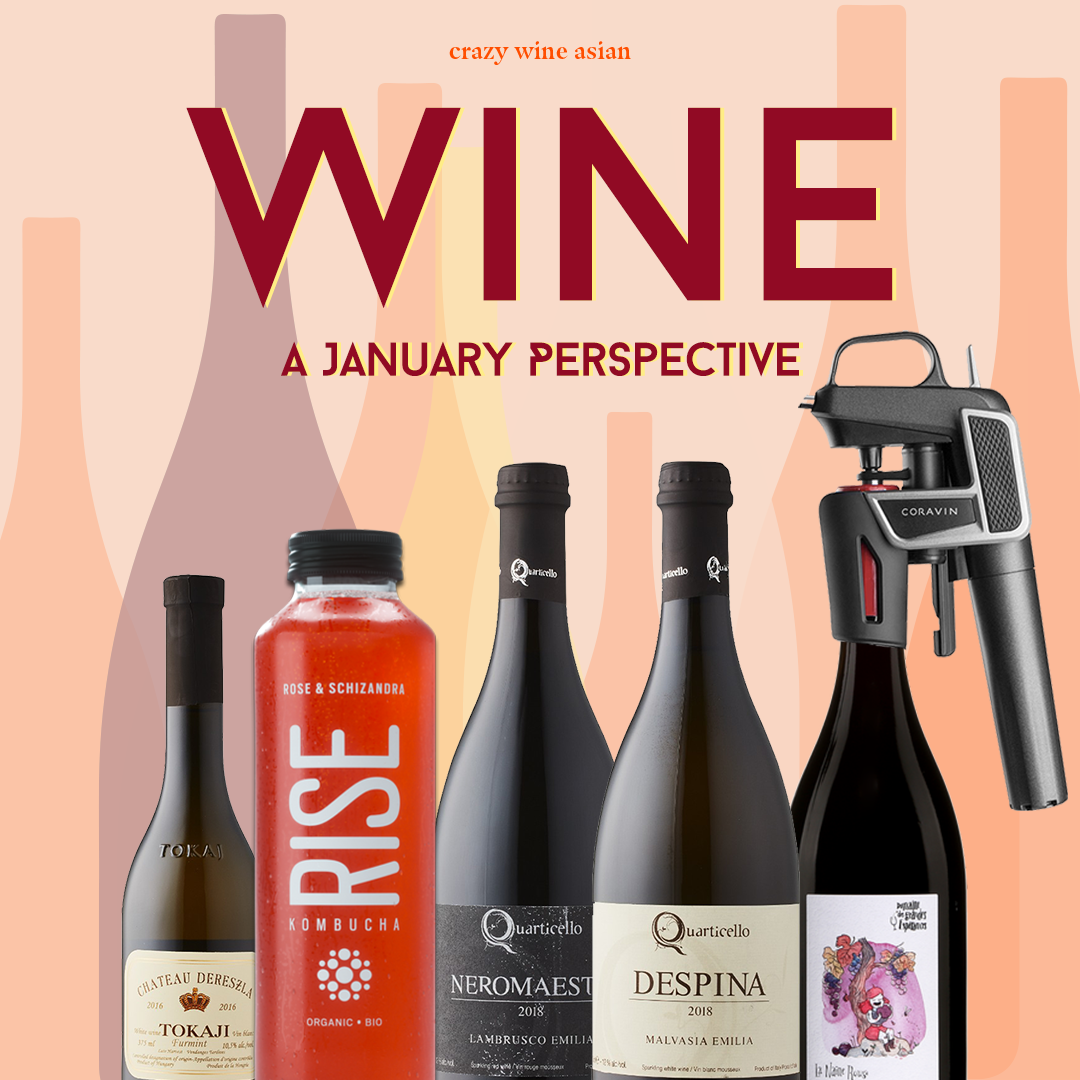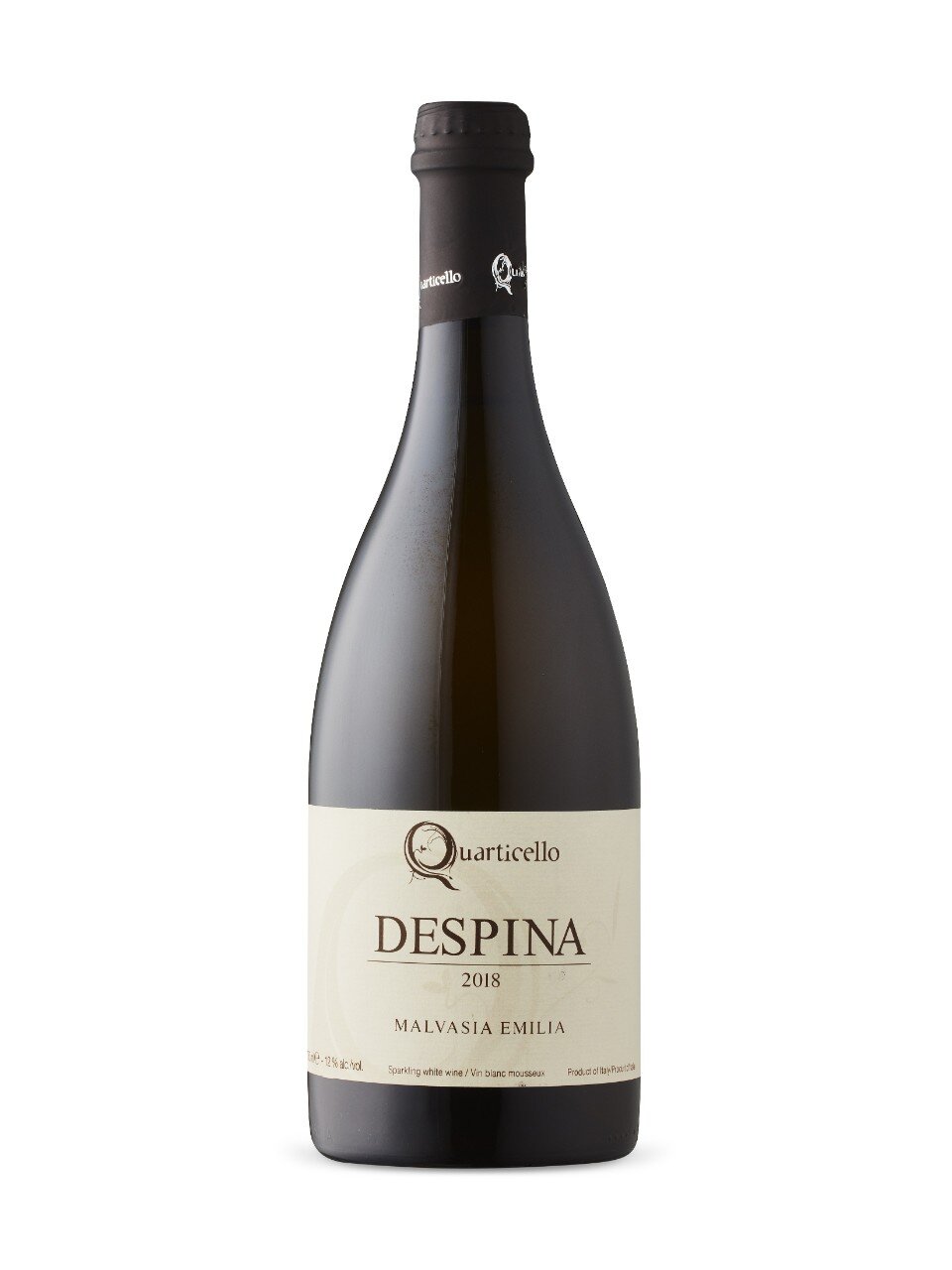Wine: A January Perspective
Maybe you have always been wanting to cut back on the booze, or maybe you have tried Dry January once, realized swearing wine off completely simply won’t work, and decided moderation is a better strategy.
Whatever you choose to do, remember summer bodies are made in the winter. There is no better time than January to be extra vigilant with the libations we put in our bodies, make better decisions, and put real meaning behind “Enjoy Responsibly”.
1. “Winter Reds” are rather boozy
During my vacation in France two years ago, I stumbled into a cellar in Châteauneuf-du-Pape, sampled a flight of wines, and felt rather tipsy after only a few of sips. Turned out that the wines were 15.5%.
It is no secret that big and robust reds make popular winter wines. The strength of alcohol provides a stark contrast to the cold temperature. The thing is these wines tend to be quite high on the booze, often 14%-16% ABV. They are also quite heavy and can numb our palettes after a few sips.
Wines with high to moderate alcohol content often come from warm and sunny vineyards. The warmer the climate, the riper the fruits, the more sugar available for fermentation, and the higher the alcohol content. This represents a big chunk of the popular winter reds, such as Californian Zinfandel, Australian Shiraz, and Southern Rhone GSMs.
Go easy on the fortified wines. High-alcohol wines can be achieved through fortification. When a fermenting base wine reaches its desired sweetness, neutral spirit (such as brandy) is added to kill the yeasts and cease fermentation. Popular examples include Port (Portugal) and Sherry. With an alcohol content of 20%, try not to overindulge if you don’t do well with hangovers!
Amarone, another popular “winter red”, comes from a moderate climate but is rather boozy… To make Amarone, grapes are left to dry for a few months before they are vinified. As the grapes raisin, the sugar content becomes concentrated, which translates into a higher alcohol by volume. It is not uncommon for Amarone wines to reach 16%!
2. Celebrate low to moderate ABV
With #1 being said, we want to lean into the fruity and vibrant wines, like a juicy Austrian Zweigelt, a Touraine Pinot Noir, or an Emilia-Romagna pet nat and let them work their magic on a cool winter day.
C$24.90 at the SAQ - 12.5% ABV
This is a 100% single-vineyard Pinot Noir from Touraine with haunting bramble aromas and savoury characters. Intense and vibrant at the same time. Also happens to be a natural wine.
What is considered boozy and what isn’t? Well, 12.5 % is moderate, while anything under 10% is low alcohol and often off-dry.
C$28.55 from the LCBO - 12% ABV
This 100% Malvasia pet nat is a personal favourite. High extract, persistent aromas of ripe Meyer lemons, savoury sage and chalky minerality. Watch for sediments! (It is normal)
Cool-climate winemaking regions often produce wines with low to moderate levels of alcohol; the fruits are naturally less sweet, and therefore producing wines that are leaner and less boozy. Some of my favourites comes from the Loire Valley, Austria, Ontario, Quebec, and Nova Scotia. This being said, with climate change, there are more 13.5%+ ABV wines coming out of cool climate regions these days.
Natural or low-intervention wines often boast a lower ABV, and have little to no sugar, sulphur, and chemicals added, if that floats your boat, too. “Natural wine tends to have the pure alcohol transformed from fermentation—your body is more suited to process it. And they also tend to have lower alcohol content,” explained Pascaline Lepeltier, managing partner at the restaurant Racines NY and longtime advocate of natural wine, at a GQ interview.
Give unfortified dessert wines a chance. Dessert wines made without fortification contain a way lower ABV than their fortified counterparts. Instead of killing the yeasts with spirit to end fermentation, yeasts are filtered out once the desired level of sweetness is achieved. For your next sweet libation, consider a Hungarian Tokaji, Moscato d’Asti, or a late harvest wine from Canada.
$19.85 at the LCBO - 12% ABV
A rather unique Hungarian sweet wine that blends together regular and shrunken Harslevelu grapes.
3. Quality over quantity
A bottle a day will not keep the doctor away. If you truly care about your health, making a low ABV switch would be utterly pointless unless you also dial back on your overall consumption. This means, stick to 1 glass of wine (two for male) during dinner. Consider the following:
Source: Coravin from Vinum Design
Trade up! If your wine budget stays relatively constant as you cut down consumption, this is a great opportunity to splurge on nice wines and savour each bottle over 3-4 days. In fact, quality wines will most likely hold their shapes after a few days. Some may even continue to improve down to the last drop!
Invest in a Coravin. If you do not like the idea of drinking the same wine 3-4 days in a row, or prefer taking abstinent breaks in between days, the nifty Coravin device will allow for a glass of vino without having to pull the cork out. This is a great way to enjoy your beloved bottle over the span of a month of two, while preserving freshness every single pour.
The Alternatives
Whether you want to go all-in with your Dry January cleanse or simply to squeeze in days of abstinence or lower alcohol alternatives in between your glasses of wine, below are a couple of tried-and-true tricks that, thankfully, do not involve dealcoholized wines.
A flight of colourful kombucha that pretty much looked like wines.
Pink or tangerine-hued kombucha in a wine glass (or a coup, if you are feeling fancy) looks beautiful and does the trick. Kombucha has the complexity and acidity that makes it a rather delightful wine alternative. If you dislike kombucha, chances are you simple have not found the one you appreciate. Similar to wine, kombucha comes in a range of flavours and they don’t all taste vinegary. Some even resemble a pet nat! Kombucha has ~0.5% ABV and 20kcal or so per serving. Next time, consider pairing this healthy fermented juice with dinner… all without the hangover. I am a big fan of Rise’s rose and schizandra and GTS’s blue label.
Beer with a wine component usually average at 8%-9%. They are fruity, complex, and have good acidity, making them a satisfying alternative to wine, as long as you are mindful of portion size. The Vines from Bellwoods Brewery (Ontario) and the Viti Vini Vici from Brasserie Dunham (Quebec) are two excellent “wine-y beer” series and they have stolen my heart since 2017. Bellwoods actually just released the Vines No. 6, which is a blend of barrel aged wild ales, Ontario Chardonnay and Shiro plums. So yum!










